Optimal Timing for Fire Restorations
Understanding the optimal timing for fire restorations is essential for effective recovery. The most suitable periods typically depend on weather conditions, fire season activity, and the availability of restoration services. Conducting restorations during favorable conditions helps ensure safety and efficiency.
Restorations are most effective immediately after fire activity diminishes, allowing for quicker assessment and cleanup.
Dry months often provide better conditions for fire damage assessment and restoration work, reducing delays caused by rain or moisture.
Scheduling during off-peak seasons can lead to faster service and more dedicated resources for fire restorations.
Avoiding extreme weather events such as heavy rain or snow ensures restoration work proceeds safely and effectively.
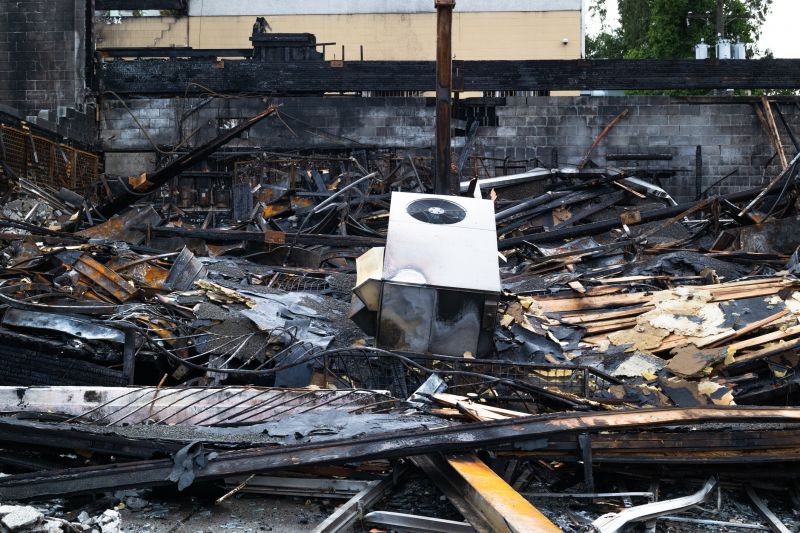
Initial evaluation of fire-affected structures and landscapes.

Removing debris and hazardous materials after a fire.

Developing strategies for rebuilding and repair.
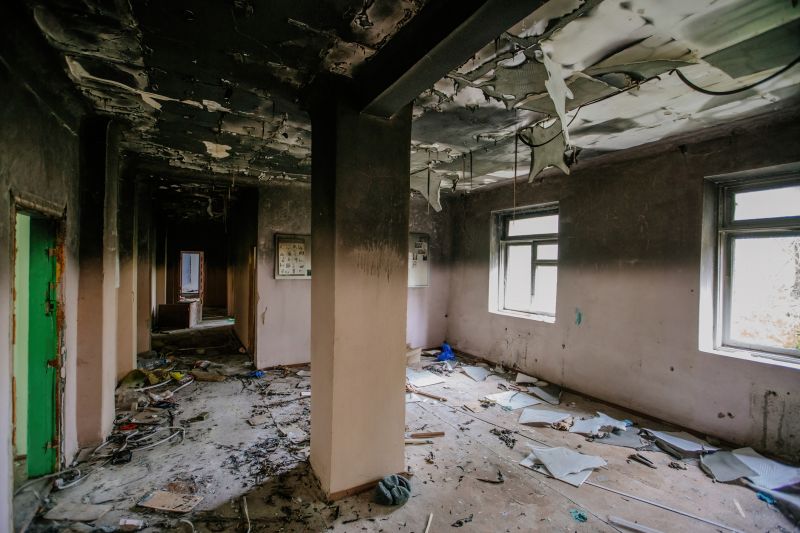
Ways to make Fire Restorations work in tight or awkward layouts.
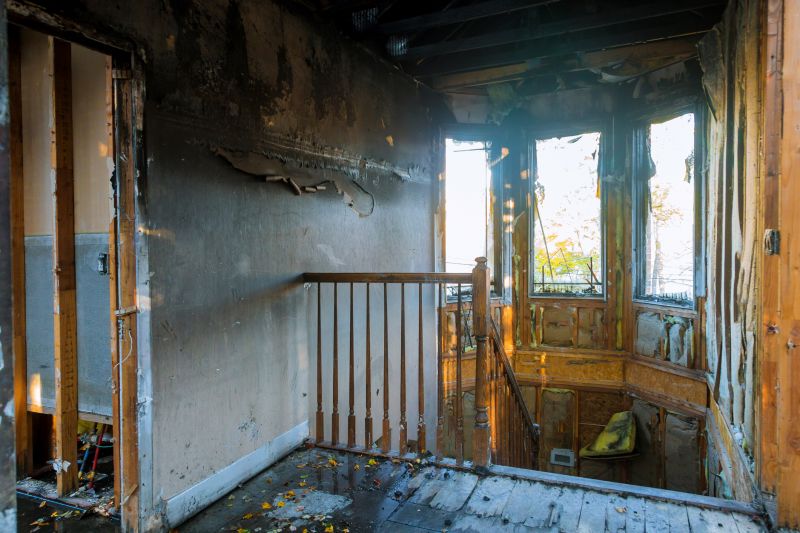
Popular materials for Fire Restorations and why they hold up over time.
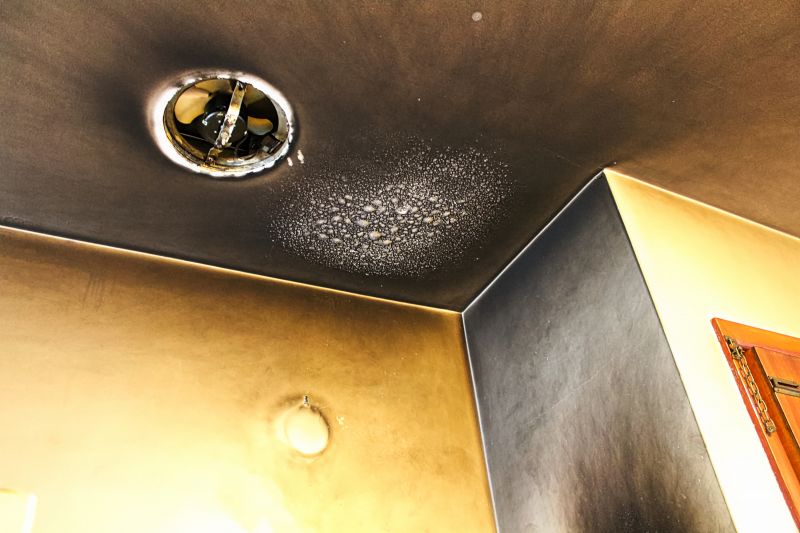
Simple add-ons that improve Fire Restorations without blowing the budget.
| Aspect | Optimal Timing |
|---|---|
| Post-Fire Season | Immediately after fire activity diminishes |
| Weather Conditions | Dry, mild weather preferred |
| Fire Season | Monitor local fire activity for timely response |
| Off-Peak Periods | Less busy seasons for quicker scheduling |
| Environmental Factors | Avoid periods of heavy rain or snow |
Fire restorations involve a series of critical steps to recover from fire damage. These include assessment, debris removal, structural repairs, and landscape restoration. Timely intervention minimizes long-term damage and reduces recovery costs. Statistics indicate that early response can significantly improve outcomes, with some studies showing up to a 30% reduction in repair costs when restorations are conducted promptly after fire events.
Effective fire restoration requires careful planning and execution. Restoration professionals utilize advanced techniques to restore properties and landscapes, ensuring safety and durability. The process often involves removing charred materials, addressing smoke and soot damage, and restoring structural integrity. Proper timing, aligned with favorable weather and fire activity patterns, enhances the success of restoration efforts.

Removing debris and hazardous materials after a fire.

Rebuilding and repairing damaged structures.

Restoring burned or damaged outdoor areas.
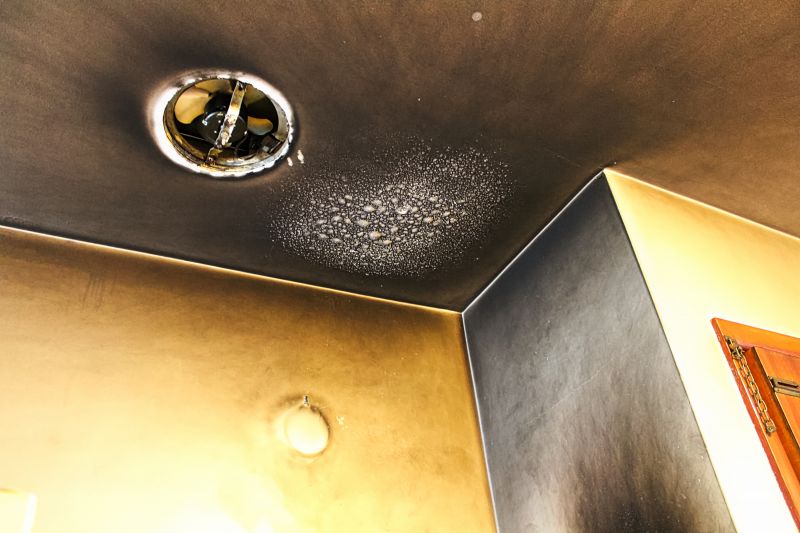
Cleaning affected surfaces for safety and appearance.

High-end options that actually feel worth it for Fire Restorations.
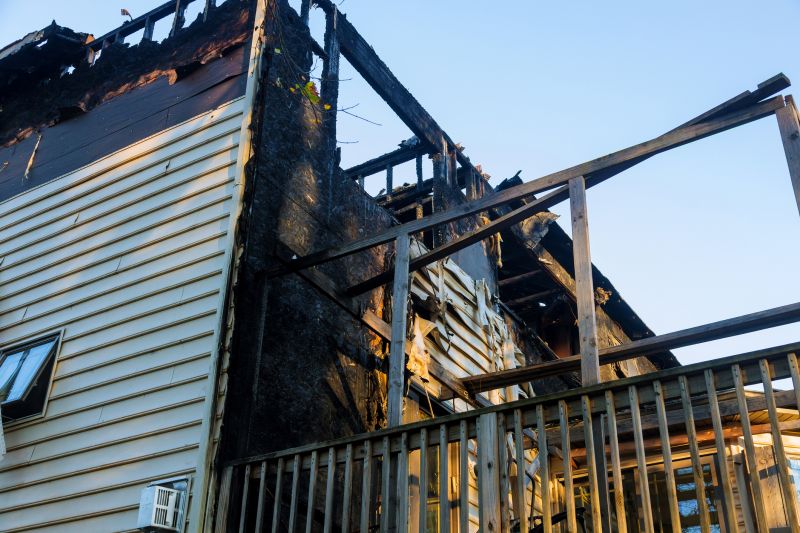
Finishes and colors that play nicely with Fire Restorations.

Little measurements that prevent headaches on Fire Restorations day.

A 60-second routine that keeps Fire Restorations looking new.
Interested in fire restoration services? Filling out the contact form can provide more information and help plan the most effective timing for recovery efforts tailored to specific needs in Sedona, AZ.

